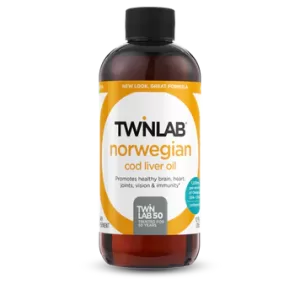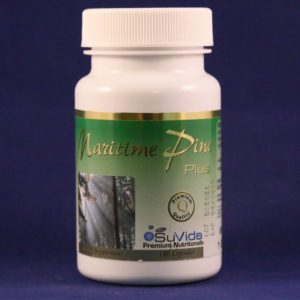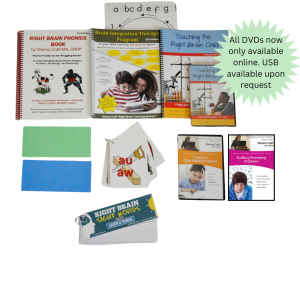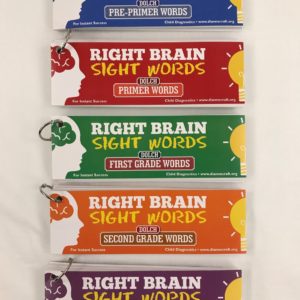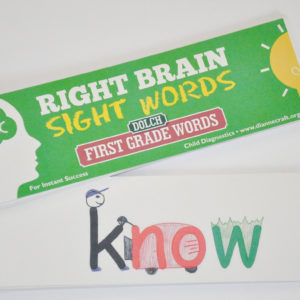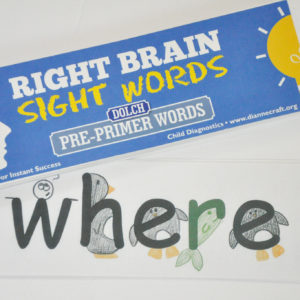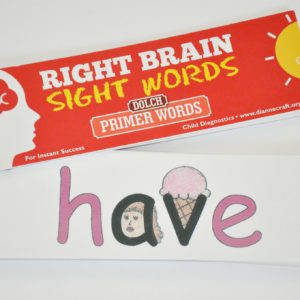-
Magnesium is essential for the production of ATP, the body's primary energy producing molecule, as well as for the manufacture of protein. This is often used for older teens in place of Mineral Rich if you are following Dianne Craft's Biology of Behavior Nutritional Protocol.
-
We know that magnesium is “nature’s tranquilizer.” We also know magnesium can be a laxative (remember Milk of Magnesia?). It is very relaxing to all the muscles, even the colon. In fact, if you look up the symptoms of magnesium deficiency and sensory processing disorder, you will see a significant correlation. It is fascinating to see this close match of symptoms. It is always best to check with your physician before adding any nutritional supplement.
-
Out of stockWe love Twinlab's Emulsified Norwegian Cod Liver Oil! This liquid supplement was created for people who may have difficulty digesting oil. This formula supplies the essential fatty acids EPA and DHA, which support both cardiovascular and mood health.
-
ParaMicrocidin is the capsule form of grapefruit seed extract for younger children experiencing difficulty swallowing supplements
-
Many parents report greatly improved Focusing, Attention, and Concentration in their children when they give them this supplement. Pycnogenol has the unique ability to pass the blood/brain barrier, making it effective for various neurological glitches.
This is one of the most popular supplements in Dianne Craft's Biology of Behavior Nutritional protocol. -
Sale!All of our workshops are now being offered as ONLINE ACCESS ONLY. We will no longer supply the physical DVD; however, we will have these workshops available on a USB drive. If you request the USB drive in the "Add a Note" box before completing your purchase, our shipping team will include this in your shipment. If you request after your order has been placed, you will need to pay a fee of $5 to cover shipping. You can also email us at customersuccess@diannecraft.org or shipping@diannecraft.org to request the USB in your shipment before shipping.
-
Sale!This method of learning works wonderfully with students of all ages and abilities:
- Kindergarten teachers can give their students a real “leg up” in learning the early sight words.
- First grade teachers use this method to ensure that all their students learn the basic sight words by the end of the year.
- Second and third grade teachers use it for those students who are reading below grade level.
- ESL teachers find them very effective for their population.
- Struggling readers, students on an IEP, and students with an auditory processing glitch find these cards invaluable for making a “leap” in learning.
-
Sale!This is a unique method of teaching sight words. The left brain hemisphere stores the name of the word, while the right brain hemisphere stores the “picture” of the word. To help the student store the name and picture in one unit, we use the unique, powerful method of Imbedding. This method of learning works wonderfully with students of all ages and abilities:
- Kindergarten teachers can give their students a real “leg up” in learning the early sight words.
- First grade teachers use this method to ensure that all their students learn the basic sight words by the end of the year.
- Second and third grade teachers use it for those students who are reading below grade level.
- ESL teachers find them very effective for their population.
- Struggling readers, students on an IEP, and students with an auditory processing glitch find these cards invaluable for making a “leap” in learning.
-
Sale!This is a unique method of teaching sight words. The left brain hemisphere stores the name of the word, while the right brain hemisphere stores the “picture” of the word. To help the student store the name and picture in one unit, we use the unique, powerful method of Imbedding. This method of learning works wonderfully with students of all ages and abilities:
- Kindergarten teachers can give their students a real “leg up” in learning the early sight words.
- First grade teachers use this method to ensure that all their students learn the basic sight words by the end of the year.
- Second and third grade teachers use it for those students who are reading below grade level.
- ESL teachers find them very effective for their population.
- Struggling readers, students on an IEP, and students with an auditory processing glitch find these cards invaluable for making a “leap” in learning.
-
Sale!This is a unique method of teaching sight words. The left brain hemisphere stores the name of the word, while the right brain hemisphere stores the “picture” of the word. To help the student store the name and picture in one unit, we use the unique, powerful method of Imbedding. This method of learning works wonderfully with students of all ages and abilities:
- Kindergarten teachers can give their students a real “leg up” in learning the early sight words.
- First grade teachers use this method to ensure that all their students learn the basic sight words by the end of the year.
- Second and third grade teachers use it for those students who are reading below grade level.
- ESL teachers find them very effective for their population.
- Struggling readers, students on an IEP, and students with an auditory processing glitch find these cards invaluable for making a “leap” in learning.



